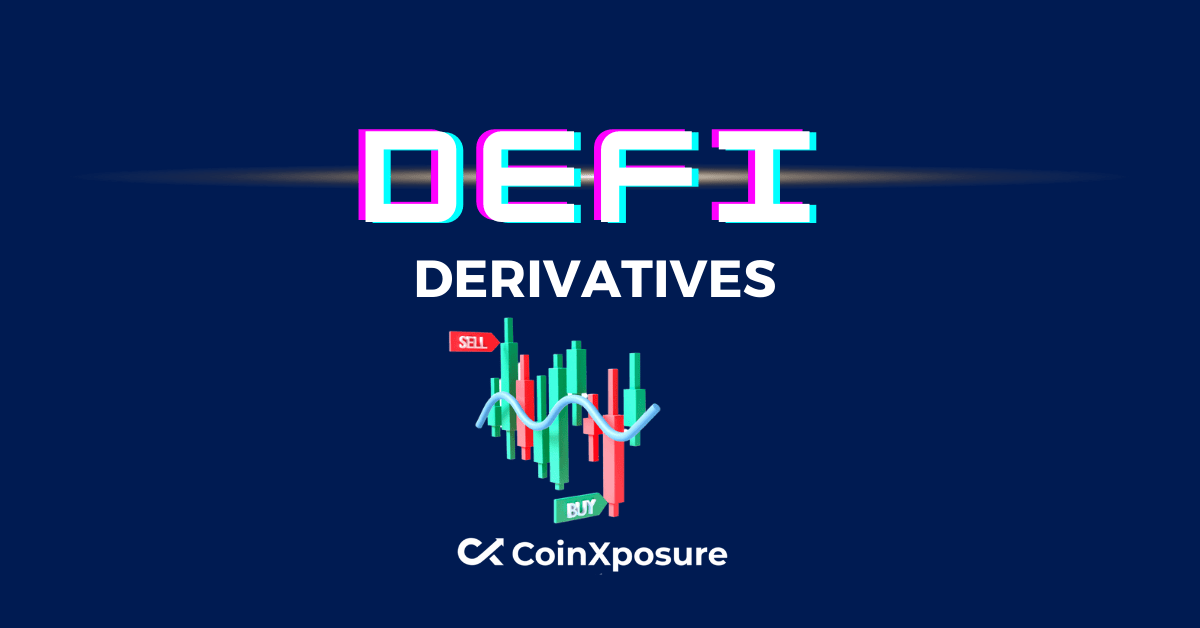
Beyond Spot Markets: Understanding DeFi Derivatives
In the continual expansion of the cryptocurrency ecosystem, traders and investors are constantly looking for new ways to connect with digital assets. This article will discuss one of those ways: defi derivatives.
Derivatives have been utilized in traditional markets long before DeFi, with the primary goal of hedging price risk and probable loss while running a business.
Signing financial contracts in derivatives, whose value is determined by the underlying asset or portfolio, would enable the parties involved to lock in prices and limit anticipated risks.
An intermediary is required to implement the signed contract and trade on the secondary market, also known as over-the-counter (OTC).
What are DeFi Derivatives?
DeFi derivatives are securitized contracts that expose owners to an asset’s value and the opportunity to hedge price risk without owning it. However, in the DeFi universe, derivatives are smart contracts stored on the blockchain.
Futures, options, swaps, forward contracts, prediction markets, and collateralized loans are all derivative goods.
Some DeFi derivatives products allow investors to create synthetic assets with values linked to underlying real-world assets.
DeFi derivatives are smart contracts that replace the role of a broker. In other words, DeFi uses smart contracts to fulfill derivative terms on-chain.
DeFi derivatives can potentially change the derivatives market and the whole securities industry with their ability to tokenize securities. According to BlackRock, the future phase of securities markets will involve the tokenization of assets via distributed ledgers.
Types of DeFi Derivatives
DeFi derivatives are accessible on cryptocurrency exchanges in various forms and are characterized according to their functionality and mechanics. They include:
- Futures contract derivatives
- Perpetual futures contracts
- Options contract
- Perpetual options contract
- Synthetic assets
Futures Contract Derivatives
Futures contract derivatives are undoubtedly one of the most used DeFi protocols. The principle underlying this type suggests entering a deal now, with the obligation to pay later.
A contract is an agreement between two parties to buy or sell an item at a future date.
Perpetual Futures Contracts
Perpetual futures contracts work significantly differently. Their primary function is to monitor underlying asset values and manage funding fees based on current market conditions.
When there is a significant demand for an asset, a fee is charged to those who want to buy it and then paid out to those who open sell positions, balancing the market by having short and long sellers fund one another.
Options Contracts
Options are similar to futures contracts. They enable investors and traders to buy (call options) or sell (put options) digital assets at a predefined price (strike price) with an expiration date.
Perpetual Options Contracts
Perpetual Options, like Perpetual Futures contracts, do not have a predetermined exercise date.
However, the essential distinction between perpetual Options and perpetual futures contracts is the investor’s ability to trade the underlying assets at a whim rather than being obliged to do so by an obligation.
Synthetic Assets
Synthetic assets are a particular type of derivative. They represent nearly any financial product, including tokenized versions of fiat and cryptocurrency, indices, commodities, and stocks.
Investors in synthetics profit from 24-hour trading sessions in transparent blockchain ecosystems.
Moving forward, let us see how exactly defi derivatives work.
How Does DeFi Derivatives Work?
DefI derivatives protocols, like many others, rely on automated market makers, or AMMs, to allow market trading.
In contrast to centralized and decentralized exchange techniques, AMMs do not employ order books to match buyers and sellers before executing orders on the market, which presents extra issues.
Nonetheless, various technical methods exist to address such challenges. One of these is virtual liquidity machines.
They eliminate the liquidity provider position by providing long and short liquidity and establishing consistent products, allowing them to conduct continuous trading activities by moving risk to the protocol.
DeFi derivatives also rely heavily on smart contract technology to function correctly. Smart contracts automate all clearing, settlement, and, most crucially, trading processes.
They also provide security and transparency for any operations that are carried out.
Smart contracts can be programmed to perform numerous actions when specific parameters are satisfied.
For example, an Options contract can be designed to automatically execute or expire once the underlying asset reaches the specified value. In other words, they operate as self-executing contracts.
Oracles are equally vital for DeFi derivatives and contribute to the correct operation of smart contracts. Smart contracts use external data to deliver accurate event probabilities.
Oracles provide smart contracts with information on the underlying asset’s prices, ensuring that derivatives settle smoothly.
Let’s also look at some platforms for trading DeFi derivatives.
Top Trading Platforms For DeFi Derivatives
Here are some exchanges for trading DeFi derivatives.
- Hegic
- dYdX
- Lyra
- GMX
- Synthetix
Hegic
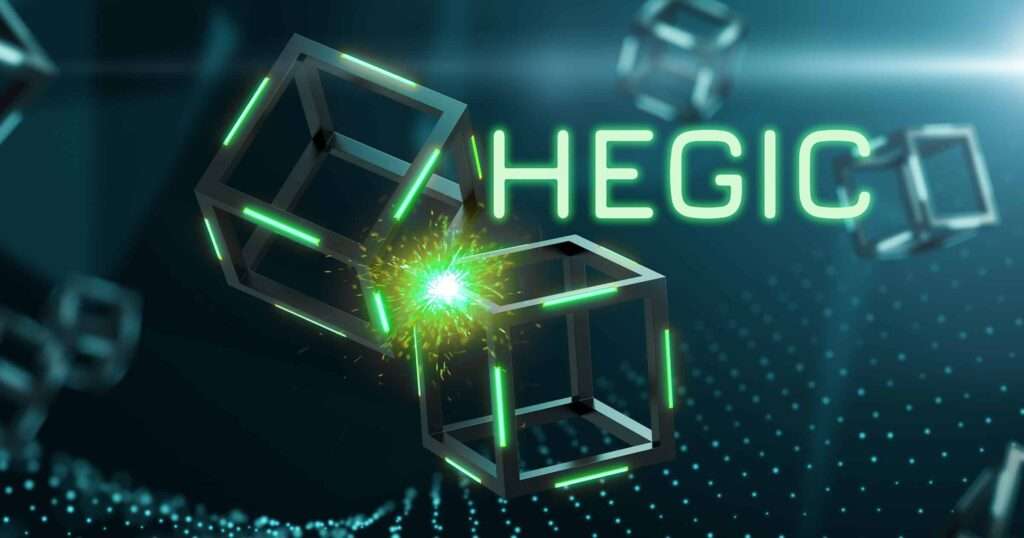
Hegic is an on-chain options trading protocol for the Ethereum blockchain that aims to simplify complex financial instruments. Hegic provides hedge contracts and Ethereum-based liquidity pools.
A hedge contract is an on-chain, option-like contract that allows holders to trade an asset at a specific price and binds sellers to acquire or sell an item within a particular timeframe.
According to its website, Hegic customers have exchanged over 11,000 options contracts totaling more than $1.2 billion in the last two years.
The Hegic protocol’s ERC-20 native utility token is known as HEGIC. The cryptocurrency distributes settlement fees to token holders and pays the platform’s transaction fees quarterly.
HEGIC holders can also participate in the governance of the Hegic protocol and receive a discount on contracts.
The Hegic protocol is unique because its non-custodial ETH pool allows liquidity providers to earn incentives in ETH. All ETH placed in the pool is utilized to sell ETH call options.
Holders of these call options can swap their DAI tokens for ETH at the strike price when they expire. Hegic’s DAI pool is reserved for DAI liquidity providers and is used to sell Ethereum put options.
dYdX
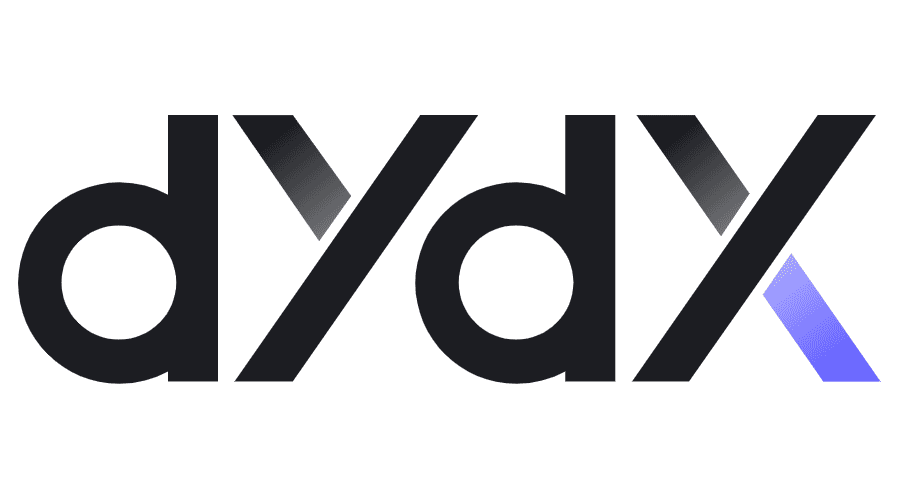
dYdX is a decentralized crypto derivative technology that allows traders to trade on numerous margins and with eternal contracts.
Most of dYdX’s crypto margin trading solutions are built on the Ethereum blockchain. The protocol includes a layer-2 scaling solution built on Starkwire’s StarkEx scalability engine.
The scaling solution enables dYdX users to conduct low-cost and instant transactions using the protocol.
The native token for the dYdX exchange is DYDX. This is an ERC-20 governance token that entitles you to participate in the dYdX governance process and enjoy trading fee savings when utilizing the platform.
DYDX token holders can propose protocol updates and profit from staking.
The protocol allows users to allocate cash in their trading accounts and provides leverage-based derivative trading. Currently, dYdX provides a maximum leverage of 25x on synthetic assets with no expiration date.
Lyra
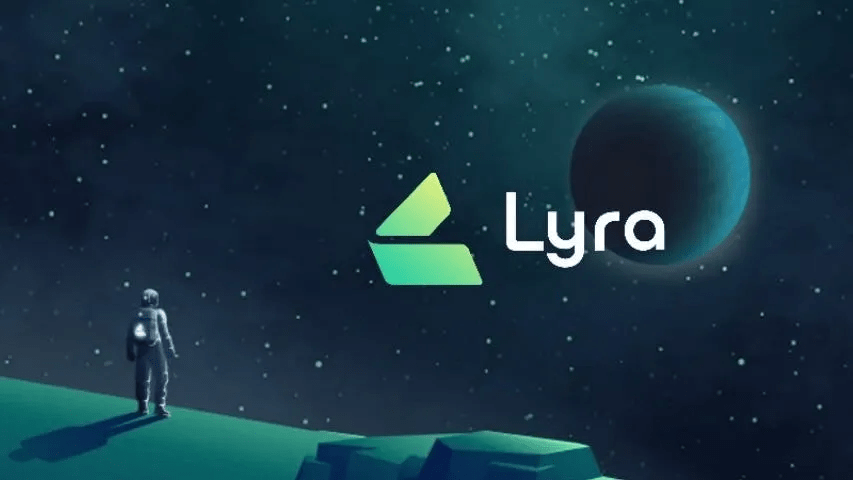
Lyra is built on Ethereum’s layer-2 solution Optimism and functions as a decentralized options exchange, giving traders access to these types of crypto marketplaces with low fees and practically quick transactions.
LYRA is the Lyra protocol’s native token, and as detailed in LEAP-26, it is intended to reward protocol users and long-term Lyra supporters with governance tokens.
Staking LYRA offers various benefits, including staking rewards, vault rewards, trading rebates, and LYRA/ETH liquidity pool rewards. The Lyra protocol is overseen by an autonomous council powered by the LYRA token.
The platform has two primary sorts of users: liquidity providers and options traders.
Liquidity providers deposit sUSD stablecoins into asset-specific market maker vaults (MMVs), which are then used to build, buy and sell options markets for the asset on which the vault is based.
GMX

GMX is a decentralized perpetual exchange allowing you to trade multiple cryptocurrencies with up to 30x leverage from your wallet.
The exchange aggregates many price inputs to identify when liquidations are expected to occur, seeking to protect a trader’s position against brief wicks.
GMX is the native utility and governance token for the GMX platform. GMX token holders receive up to 30% of the protocol’s produced fees. GLP, on the other hand, is the token used by liquidity providers.
Up to 70% of the platform’s fees are accrued and distributed to GLP token holders.
GMX allows for cheap exchange fees and zero-price effect swaps. A multi-asset pool supports trading on the platform, including market creation, asset rebalancing, leverage trading, and other activities.
Liquidity providers earn fees for supplying liquidity to the platform. Decentralized oracles provide dynamic pricing on the platform and TWAP pricing from top decentralized exchanges.
Synthetix
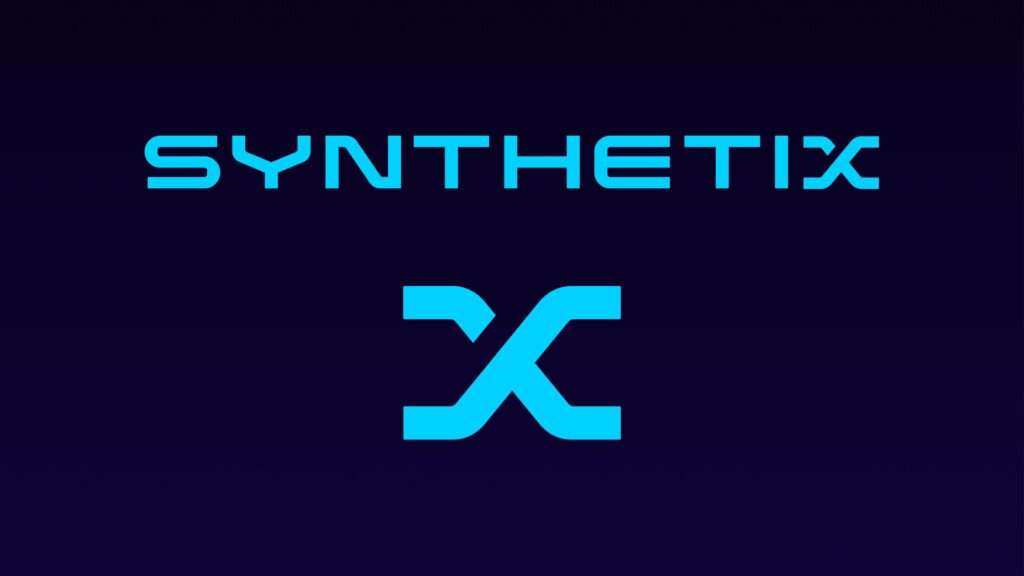
Synthetix is a DeFi derivatives liquidity protocol that presently accounts for more than 60% of the total value locked up in synthetic DeFi assets, according to DefiLlama.
Synthetix enables you to create and access synthetic assets, which provide access to tokenized real-world assets on the Ethereum blockchain.
A non-profit foundation initially led the protocol; however, that structure was abandoned in June 2020. Three different DAOs now manage Synthetix.
The native token for the Synthetix protocol is SNX.
To collateralize an asset on Synthetix, purchase SNX tokens, which can be used to manufacture synths once locked in a smart contract.
The SNX locked value must remain equal to or greater than 750% of the value of the relevant synth produced by protocol standards.
Synthetix allows customers to trade any synth with little or no slippage and provides liquidity for various assets.
Synthetix users can additionally stake SNX tokens to get additional perks, such as a share of network trading fees and freshly issued SNX tokens.
Final Thoughts
DeFi allows users to access underlying real-world assets through a safe, rapid, transparent, cost-effective blockchain technology environment.
However, insufficient and uncertain stipulations and conditions while trading DeFi derivatives nowadays might be complicated for novices and experienced investors.
As a result, extensive research and analysis of existing markets and the opportunities they provide are still required to reap possible gains from various financial tools such as derivatives.





